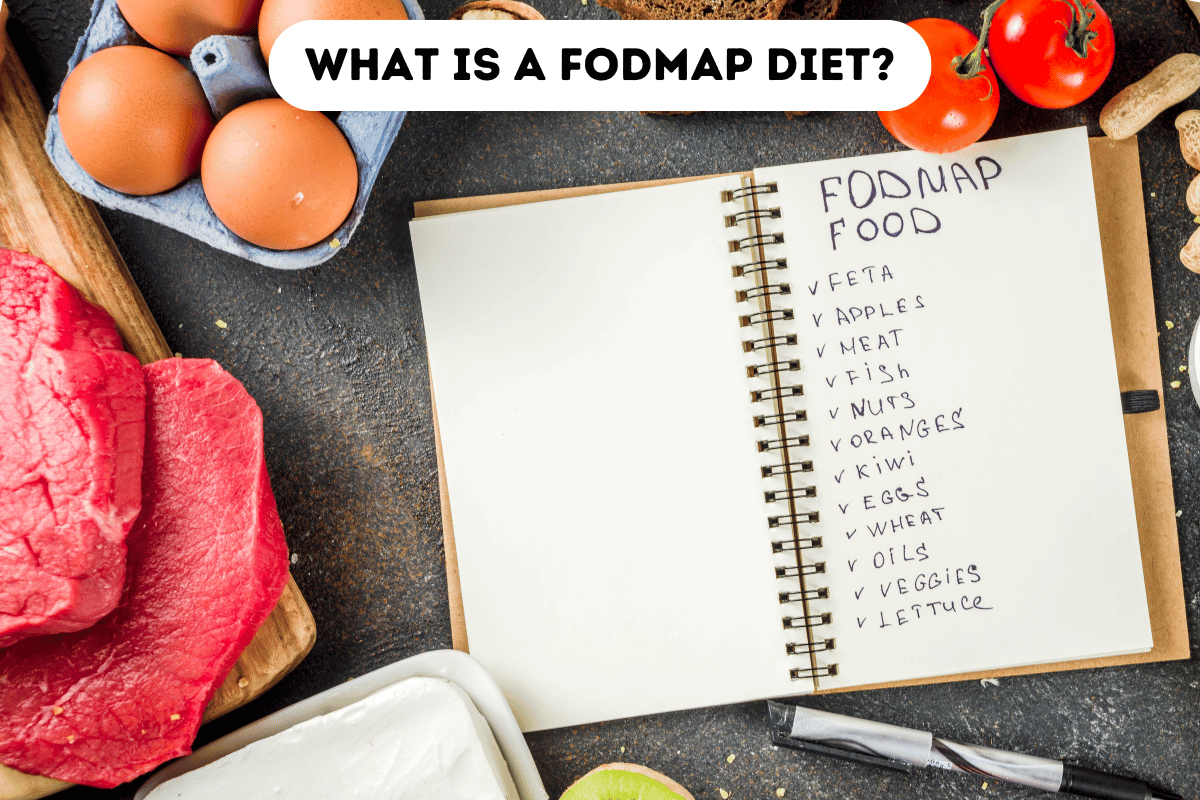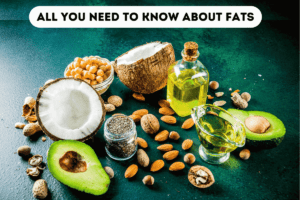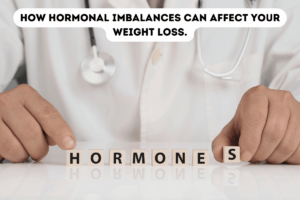When we speak about how food is essential for our health and performance, we think about calories, how much protein and carbs you need in your diet and whether you are getting enough micronutrients (vitamins and minerals). But we are not always thinking about our digestion. Optimizing digestion is very critical for our health and performance. Compromised digestion can cause gas, bloating, diarrhoea, and constipation, impairing the breakdown and absorption of nutrients. All these problems are not nice and will affect your training and performance. So, if you suffer from some degree of digestive distress (excessive gas, bloating, IBS, and so on), the nutrition community suggests following an elimination diet to address symptoms. One of the most popular strategies supported by research is a low-FODMAP diet.
What is the FODMAP diet?
FODMAP stands for fermentable oligo-, di-, monosaccharides and polyols. FODMAPs are types of carbohydrates that are found in certain foods, including wheat and beans. These short-chain carbs are resistant to digestion. Instead of being absorbed into your bloodstream, they reach the far end of your intestine, where most of your gut bacteria reside. Your gut bacteria then use these carbs for fuel, producing hydrogen gas and causing digestive symptoms in sensitive individuals. FODMAPs are also osmotically active, meaning they can draw water into your intestine and contribute to diarrhoea. To understand better how it works, below is the video: “How FODMAPs can trigger gut symptoms in people with IBS”.
Of course, we are all different and have individual food tolerance. Some food items from a high FODMAP may not cause problems for one person but may affect another differently. The effect can be dose-dependent (for example, ½ cup of sweet potato may not cause issues, but 1 cup may cause excessive bloating). The preparation method can have an effect (for example, raw vegetables may affect your gut, but steamed vegetables will be OK). Also, the impact can be cumulative (sugar alcohols may not cause a problem in low amounts, but small amounts consumed multiple times a day may cause problems).
Benefits and dangers of FODMAPs
Low FODMAP diets can be beneficial for many people with common digestive disorders. Low-FODMAP diet can help reduce pain and discomfort, bloating and distension, and diarrhoea or constipation. According to some research, about 75% of people with IBS can benefit from this diet. Also, the FODMAP diet can help improve your quality of life. Digestive disturbances can cause stress and are strongly linked to mental disorders like anxiety and depression. Getting rid of digestive disorders can help you to get rid of mental disorders as well.
However, a low FODMAP diet is not for everyone. You should try this diet just if you have been diagnosed with IBS and just under the guidance of a dietitian. Otherwise, this diet may do more harm than good. This is because most FODMAPs are prebiotics, which support the growth of beneficial gut bacteria and eliminating them may harm your intestinal bacteria. Plus, excluding several types of fruits and vegetables from your diet may lead to vitamin and mineral deficiencies and significantly reduce fibre intake, worsening constipation. So, always consult with a registered dietitian before trying any diet.
Where to find FODMAPs?
FODMAPs are found in various foods, such as fruits, vegetables, breads, cereals, nuts, legumes, and confectionery. Below, I will provide a sample food list that highlights some key examples of high—and low-FODMAP foods. Under this sample food list, I will provide two links to websites where you can find more information.
| High FODMAP foods | Low FODMAP alternatives | |
| Vegetables | Artichoke, asparagus, cauliflower, garlic, green peas, mushrooms, onion, sugar snap peas | Aubergine/eggplant, beans (green), bok choy, green capsicum (bell pepper), carrot, cucumber, lettuce, potato, zucchini |
| Fruits | Apples, apple juice, cherries, dried fruit, mango, nectarines, peaches, pears, plums, watermelon | Cantaloupe, kiwi fruit (green), mandarin, orange, pineapple |
| Dairy & alternatives | Cow’s milk, custard, evaporated milk, ice cream, soy milk (made from whole soybeans), sweetened condensed milk, yoghurt | Almond milk, brie/camembert cheese, feta cheese, hard cheeses, lactose-free milk, soy milk (made from soy protein) |
| Protein sources | Most legumes/pulses, some marinated meats/poultry/seafood, some processed meats | Eggs, firm tofu, plain cooked meats/poultry/seafood, tempeh |
| Breads & cereals | Wheat/rye/barley based breads, breakfast cereals, biscuits and snack products | Corn flakes, oats, quinoa flakes, quinoa/rice/corn pasta, rice cakes (plain), sourdough spelt bread, wheat/rye/barley free breads |
| Sugars, sweeteners & confectionery | High fructose corn syrup, honey, sugar free confectionery | Dark chocolate, maple syrup, rice malt syrup, table sugar |
| Nuts & seeds | Cashews, pistachios | Macadamias, peanuts, pumpkin seeds/pepitas, walnuts |
For more information, please visit:
- Monash University website. On this website you can find everything about FODMAPs including list of FODMAP foods and special app that you can use.
- Website about IBS diets. Here you can find a list of FODMAPs and information about different IBS diets.
How to follow a low fodmap diet?
A low-FODMAP diet is a bit complicated, so it should be followed together with a dietitian. It consists of 3 phases. In phase 1, you must avoid all high-FODMAP foods. This stage lasts about 4-8 weeks. You can progress to the second stage once you start feeling relief from your digestive symptoms. In stage 2, you need to reintroduce high FODMAP foods systematically. This step aims to identify which types of high FODMAPs you can tolerate or, if you find yourself sensitive to some foods, you need to establish the amount of this food you can tolerate (also known as your “threshold level”). In this step, you test small amounts of specific foods one by one for three days. It’s advised to maintain a strict low-FODMAP diet while testing each food from high-FODMAP and wait 2–3 days before reintroducing a new one to avoid additive or crossover effects. Again, it’s better to undertake this step with a registered dietitian who can guide you through the appropriate foods. Stage 3 can be called a modified low-FODMAP diet because you still restrict some high-FODMAP foods but reintroduce well-tolerated ones to your diet.
It is necessary to understand that FODMAP diet is not a lifelong diet. The goal is to eliminate foods that give you digestive issues or just lower their portions. But, your diet should still remain flexible and contain various foods that provide all the necessary macro and micronutrients. Don’t exclude all high-FODMAP foods. Many of them are very beneficial for health. Try just to minimize portions to your personal tolerance level. And just in case where you can’t tolerate even a small amount of them – eliminate completely.
If the FODMAP diet doesn’t work, recheck ingredient lists first. Packaged foods often contain hidden sources of high FODMAPs. Next, recheck where you took information about high FODMAPs. Is that resource credible? If you recheck everything and didn’t find a reason why the FODMAP diet didn’t work for you, maybe your problem is your stress level. Stress can also be a reason for your digestive issues, so try to manage your stress. If all this doesn’t work, look for medical assistance.




